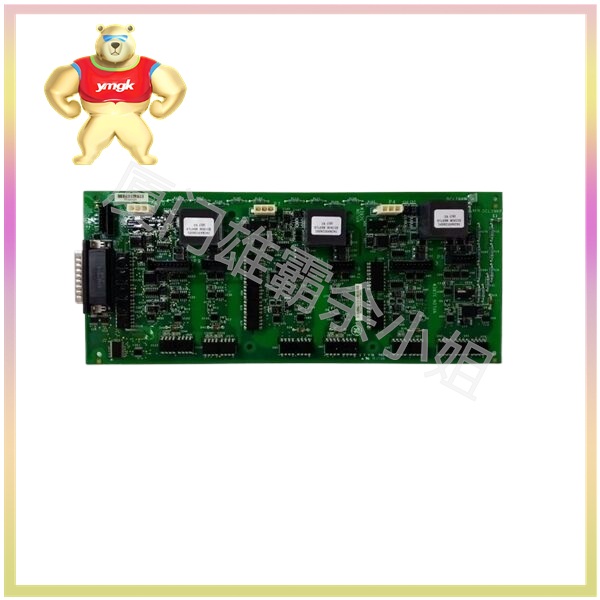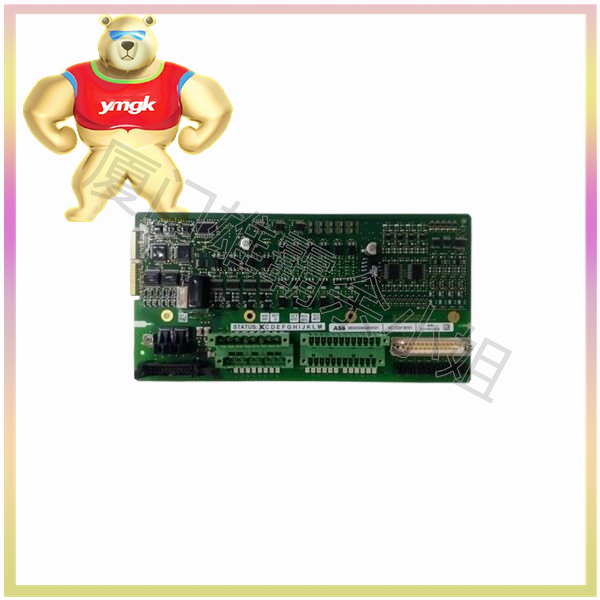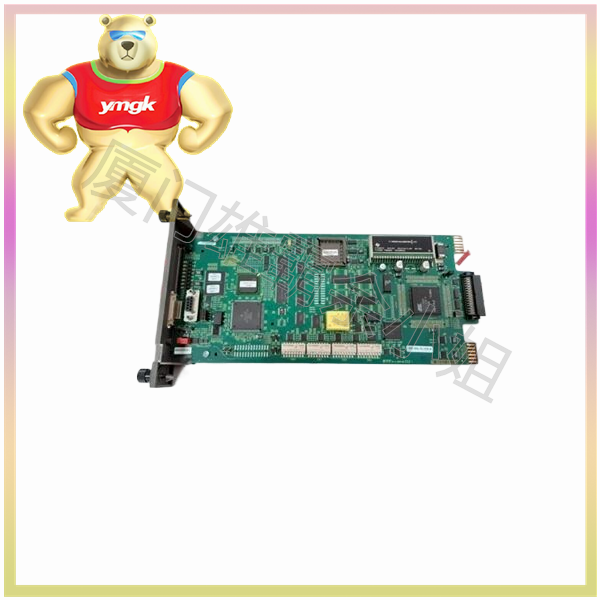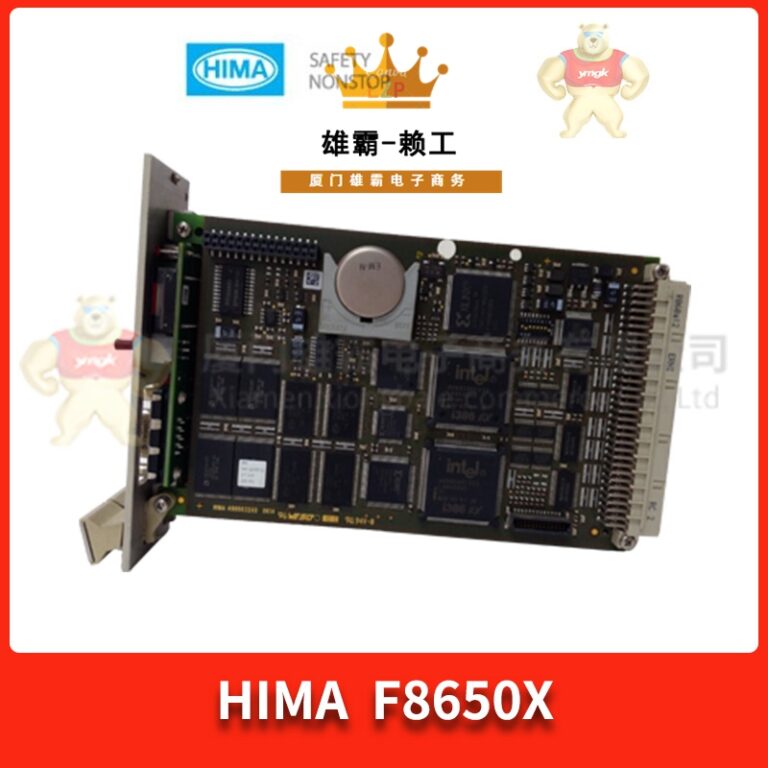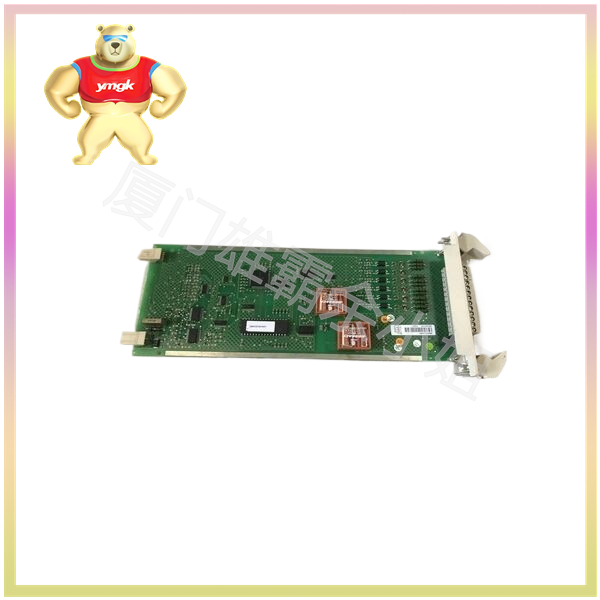The role of robot controller
As one of the most essential components of industrial robots, robot controllers have a decisive impact on the performance of robots and to some extent affect their development.
The controller is the core component of the robot, which implements all information processing of the welding robot and motion control of the robotic arm. The welding workshop is filled with smoke and flames everywhere, and the working environment is very harsh. Since the use of welding robots for welding, workers have finally moved away from such working environments. One particularly important component of welding robots is the controller. Most industrial welding robot controllers use a two-level computer structure, with the first level computer inside the dashed box, which is responsible for planning and management. When the robot is in the teaching state, it receives the position and posture information, motion parameters, and process parameters of each teaching point sent by the teaching system, and converts the teaching (joint) coordinate values of each point into Cartesian coordinate values through calculation, which are stored in the computer memory.
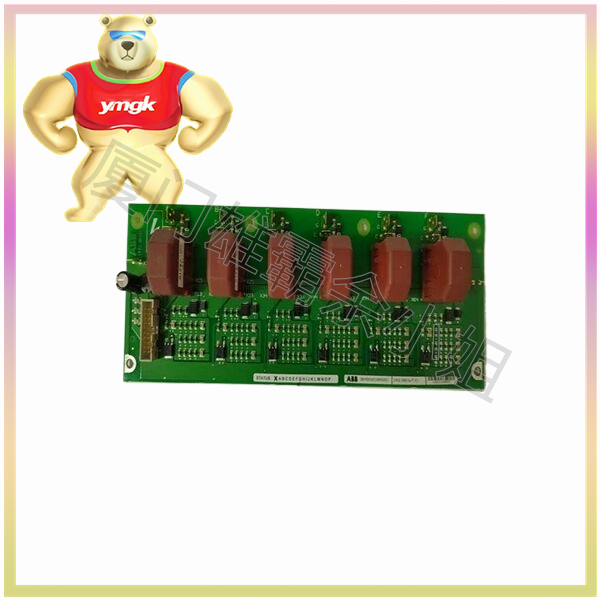
When the welding robot reproduces its state, it retrieves its position and attitude coordinate values point by point from memory, and performs circular or linear interpolation operations on it at a certain time cycle (also known as sampling period) to calculate the position and attitude coordinate values of each interpolation point. This is called path planning generation. Then, the position and orientation coordinates of each interpolation point are converted into joint coordinate values point by point and distributed to each joint. This is the entire planning process of the first level computer.
What are the two types of robot controllers
A robot controller is a device that controls a robot to complete certain actions or tasks based on instructions and sensor information. It is the heart of the robot and determines its performance. From the perspective of the processing methods of robot control algorithms, it can be divided into two structural types: serial and parallel.
Serial processing structure:
The so-called serial processing structure refers to the control algorithm of a robot being processed by a serial machine. For this type of controller, it can be divided into the following categories based on computer structure and control methods:
(1) The single CPU structure and centralized control method use a powerful computer to achieve all control functions. In early robots such as Hero-I and Robot-I, this structure was adopted, but the control process required a lot of calculations (such as coordinate transformation), so this control structure was slower.
(2) Second level CPU structure, master-slave control mode. The first level CPU serves as the host, responsible for system management, robot language compilation, and human-machine interface functions. At the same time, it also utilizes its computing power to complete coordinate transformation and trajectory interpolation, and periodically sends the computation results as incremental joint movements to the common memory for the second level CPU to read; The secondary CPU completes digital control of all joint positions. There is basically no connection between the two CPU buses of this type of system, only exchanging data through common memory, which is a loosely coupled relationship. It is difficult to further distribute functions by using more CPUs. The computer system of the Motoman robot (5-joint, DC motor-driven) produced in Japan in the 1970s belongs to this master-slave structure.
(3) Multi CPU structure, distributed control mode
At present, this two-level distributed structure of upper and lower computers is widely used, where the upper computer is responsible for the overall system management, kinematic calculations, trajectory planning, etc. The lower computer is composed of multiple CPUs, each controlling a joint motion. These CPUs are closely coupled with the main control computer through a bus, which significantly improves the working speed and control performance of the controller with this structure. But the common features of these multi CPU systems are the functional distributed structure adopted for specific problems, that is, each processor undertakes fixed tasks. Currently, most commercial robot controllers in the world adopt this structure.
The position control part in the controller computer control system almost invariably adopts digital position control.
The above types of controllers all use serial machines to calculate robot control algorithms, and they share a common weakness: heavy computational burden and poor real-time performance. Therefore, most methods such as offline planning and feedforward compensation decoupling are used to reduce the computational burden in real-time control. When the robot is disturbed during operation, its performance will be affected, making it more difficult to ensure the required accuracy indicators in high-speed motion.
Parallel processing structure:
Parallel processing technology is an important and effective means to improve computing speed, which can meet the real-time requirements of robot control. According to literature, the most researched parallel processing technology for robot controllers is the parallel algorithm and its implementation of robot kinematics and dynamics. In 1982, J Y. S. Luh first proposed the parallel processing problem of robot dynamics because the dynamic equations of articulated robots are a set of nonlinear strongly coupled second-order differential equations, which are computationally complex. Improving the calculation speed of robot dynamics algorithms also lays the foundation for implementing complex control algorithms such as torque calculation method, nonlinear feedforward method, adaptive control method, etc. One of the ways to develop parallel algorithms is to modify serial algorithms, parallelize them, and then map the algorithms to parallel structures. There are generally two ways. One is to consider the given parallel processor architecture and develop the parallelism of algorithms based on the computing models supported by the processor architecture; The second is to first develop the parallelism of the algorithm, and then design a parallel processor structure that supports the algorithm to achieve optimal parallel efficiency.

